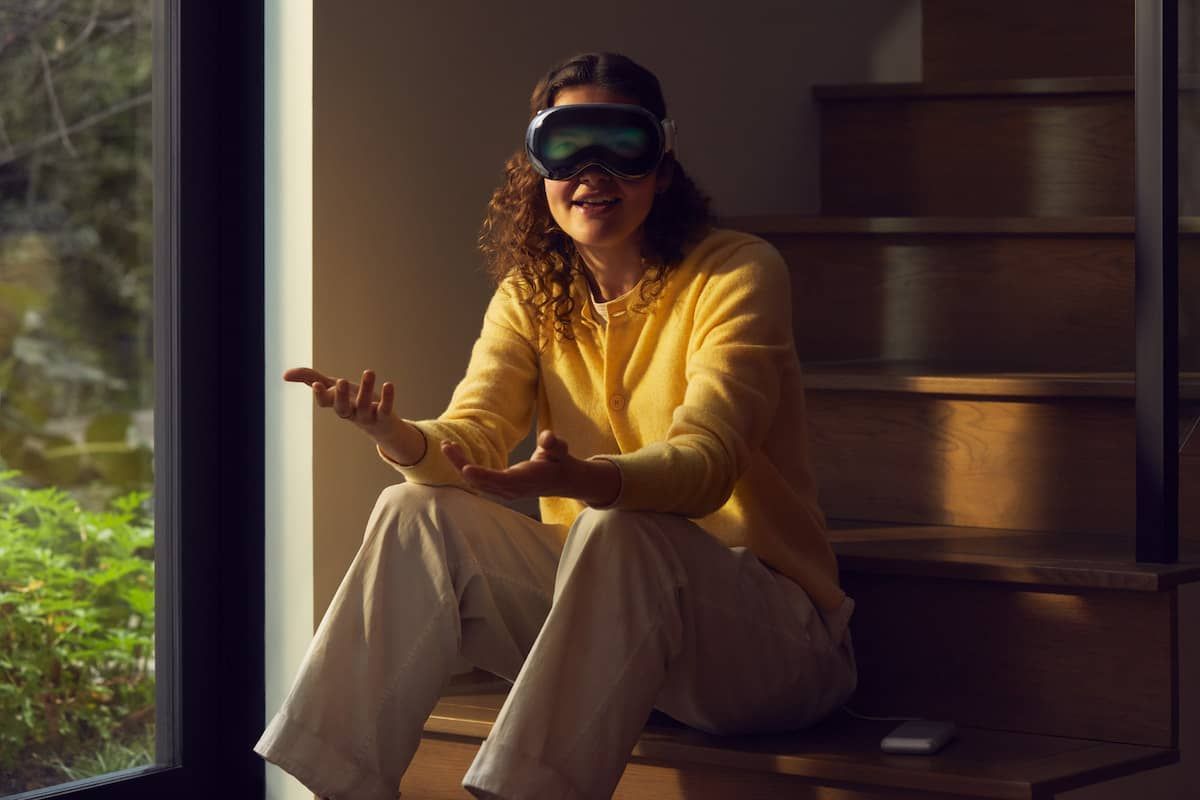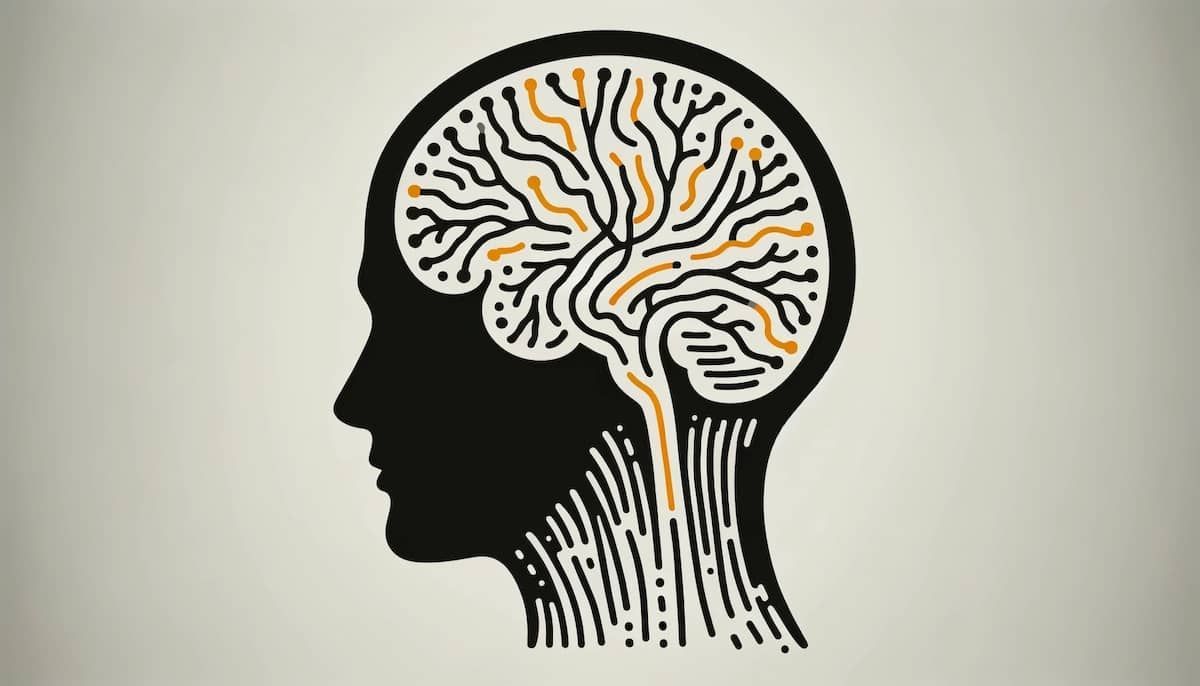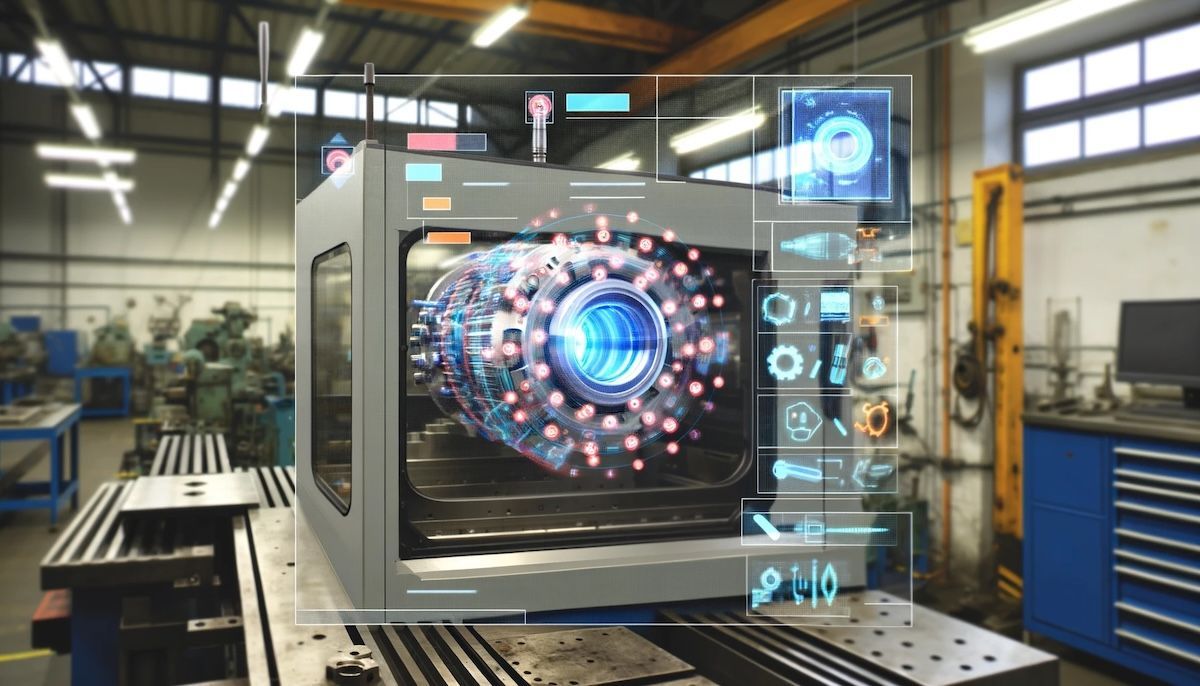
June 27, 2025
AR Tracking Methods: Navigating digitally augmented spaces

Founder/CTO The Spatial Studio, Technology-Enthusiast
At the core of AR technology is tracking, the critical component that enables AR devices to locate and anchor digital content in the physical world. We demonstrate the available methods and how they are applied.
The effectiveness of an immersive experience largely depends on the accuracy and adaptability of the tracking system. However, with so many options available, choosing the right tracking method can be challenging.
Each method has its own strengths and limitations, and is tailored to different environmental conditions and application requirements.
Understanding these differences is not only technical, but also involves grasping the potential of AR to find the best solution for development.
Insights from the article:
- The versatility of tracking methods: Marker-based and markerless methods, such as SLAM, offer different advantages depending on the application's requirements, such as accuracy or computational power.
- Use Cases and Scalability: Location-based tracking and image recognition are widely used in navigation and educational systems. GPS integration enables global scalability.
- Future prospects: Despite the existence of advanced tracking technologies, markers remain an integral component of numerous XR solutions due to their simplicity and cost-effectiveness.
What is tracking?
Augmented reality (AR) tracking is a technology that accurately superimposes digital content on the real world when viewed through a device, such as a smartphone or AR glasses. It does this by continuously determining the position and orientation of the device in relation to its surroundings.
Tracking is essential for maintaining the realism of the AR experience by ensuring that virtual objects appear anchored in the physical world, even when the user moves or changes perspective.
Various sensors in the device, including accelerometers, gyroscopes, and sometimes GPS, assess motion and orientation during this process.
Additionally, the device's camera captures real-time images or video that the software analyzes to detect environmental features or specific markers. Advanced machine vision techniques, such as simultaneous localization and mapping (SLAM), process this data to understand the environment and accurately overlay digital content.
Different Tracking Methods in Augmented Reality
The main tracking techniques used in AR systems are listed below.
Marker-Based Tracking
- How it works: Marker-based tracking uses visual markers, often simple black-and-white patterns, that the AR device can easily detect with its camera. Once the marker is detected, the system superimposes digital information on it.
- Applications: This method is typically used in education, advertising, and promotions, as the exact location of a known marker can trigger specific AR experiences.
- Advantages: High accuracy, low computational cost, and ease of implementation.
- Disadvantages: Limited flexibility and environment dependence.
Markerless Tracking (SLAM)
- How it works: In SLAM (simultaneous localization and mapping), the device uses its camera and other sensors, if necessary, to continuously scan the environment, create a map, and determine its position within that area. No pre-defined markers are required.
- Applications: Common applications include mobile AR gaming, home decoration, and navigation aids that use the environment itself as a reference point.
- Advantages: Versatility, dynamic mapping
- Disadvantages: Higher computational load and error-prone.
Image recognition
- How it works: Image recognition uses algorithms to identify objects, places, or features within the camera's field of view. Once recognized, the AR system can anchor digital objects to these elements.
- Applications: It is useful in museums or educational settings, where scanning an object or work of art can generate interactive information or visualizations.
- Advantages: Interactive experiences, wide range of applications.
- Disadvantages: Dependence on image quality and limited range.
Object Tracking
- How it works: Object recognition technology tracks the position and orientation of three-dimensional objects in real time. The AR device recognizes and tracks objects based on their shape and appearance.
- Applications: This technology is common in industrial AR applications, such as on assembly lines, where workers need hands-free, real-time access to information about the components they are working on.
- Benefits: Deep interaction and hands-on applications.
- Disadvantages: Complex setup, performance issues, location-based tracking
Face Tracking
- How it works: Sophisticated algorithms recognize and track facial features. Once a face is recognized, AR effects can be applied to it in real time.
- Applications: Popular in social media filters and applications that let users try on virtual makeup or see what a new hairstyle would look like.
- Pros: Personalization and instant feedback.
- Cons: Privacy issues and variable performance.
Sensor-Based Tracking
- How it works: Hardware sensors, such as GPS, inertial measurement units (IMUs), and depth sensors, determine position and orientation. GPS is used for outdoor and large-scale augmented reality (AR), while IMUs provide fast updates on orientation.
- Advantages: Minimal preparation of the environment is required. It is suitable for large-scale or outdoor applications.
- Disadvantages: Lower accuracy (GPS accuracy is typically in the meter range). IMUs can drift over time without correction from other sensors. Hybrid systems that combine sensors with image processing can improve accuracy, but they also increase complexity and power consumption.
- Typical use cases include: Pokémon Go (GPS), AR navigation apps, and outdoor AR experiences.
Plane detection
- How it works: Computer vision algorithms detect horizontal or vertical surfaces (e.g., floors, tables, and walls) so that virtual content can be placed on them.
- Advantages: Enables precise placement on detected surfaces, which is particularly advantageous for large models or user-controlled content.
- Disadvantages: It relies on visible surface features and can cause problems in environments without them.
- Typical use cases include: Placement of AR furniture, interactive retail, spatial AR experiences.
Model-based tracking
- How it works: 3D models of real objects are used to recognize and track them in the environment. The AR system matches the model with the camera image to determine its position and orientation.
- Advantages: It can track complex, specific objects without markers.
- Disadvantages: It requires accurate 3D models and can be computationally intensive.
- Typical use cases include: Tracking industrial equipment, interactive toys, product visualization.
These methods each have their advantages and are chosen based on the specific needs of the AR application. These needs include the environment in which the application will be used, the required level of accuracy, and the available computing resources.
| Method | Accuracy | Flexibility | Computational Cost | Typical Use Cases |
|---|---|---|---|---|
| Marker-Based | High | Low | Low | Industrial, education |
| Markerless (SLAM) | Moderate-High | High | High | Retail, gaming, navigation |
| Sensor-Based | Low-Moderate | Low | Moderate | Outdoor, navigation |
| Plane Detection | Moderate | Moderate | Moderate | Retail, furniture, spatial |
| Model-Based | High | Moderate | High | Industrial, product demo |
| Image Recognition | High | Moderate | Moderate | Print media, packaging, ads |
| Object Tracking | Moderate-High | High | High | Retail, gaming, automation |
| Face Tracking | High | Moderate | Moderate | Social media, beauty, AR |
Hybrid and Advanced Approaches
Modern AR systems often combine multiple tracking methods to leverage their respective strengths and compensate for their weaknesses. For instance, ARCore and ARKit employ visual-inertial SLAM, combining camera data with IMU inputs to enable robust, real-time tracking.
Machine learning techniques are also increasingly used to improve object recognition and stabilize tracking in dynamic or cluttered environments.
Conclusion
Markers remain a fundamental part of the augmented reality technology toolbox. Despite the emergence of advanced markerless tracking methods, marker-based tracking is still relevant for many applications because it is simple, cost-effective, and reliable.
Whether used to guide educational experiences, enhance marketing strategies, or support complex industrial tasks, markers provide a practical and accurate means of bridging the gap between the digital and physical worlds.
As we look to the future of XR, the integration of traditional and innovative tracking methods will continue to evolve. However, the role of markers will also evolve and adapt to new challenges and opportunities in immersive technology experiences.

Founder and CEO
Passion for New Technologies
As a creative engineer and consultant specializing in holistic digital transformation, I have spent over 15 years helping renowned companies use new and innovative technologies in creative and meaningful ways.
At "The Spatial Studio," my team and I combine engineering expertise, software development, and UX design to create entirely new three-dimensional possibilities for our clients.



